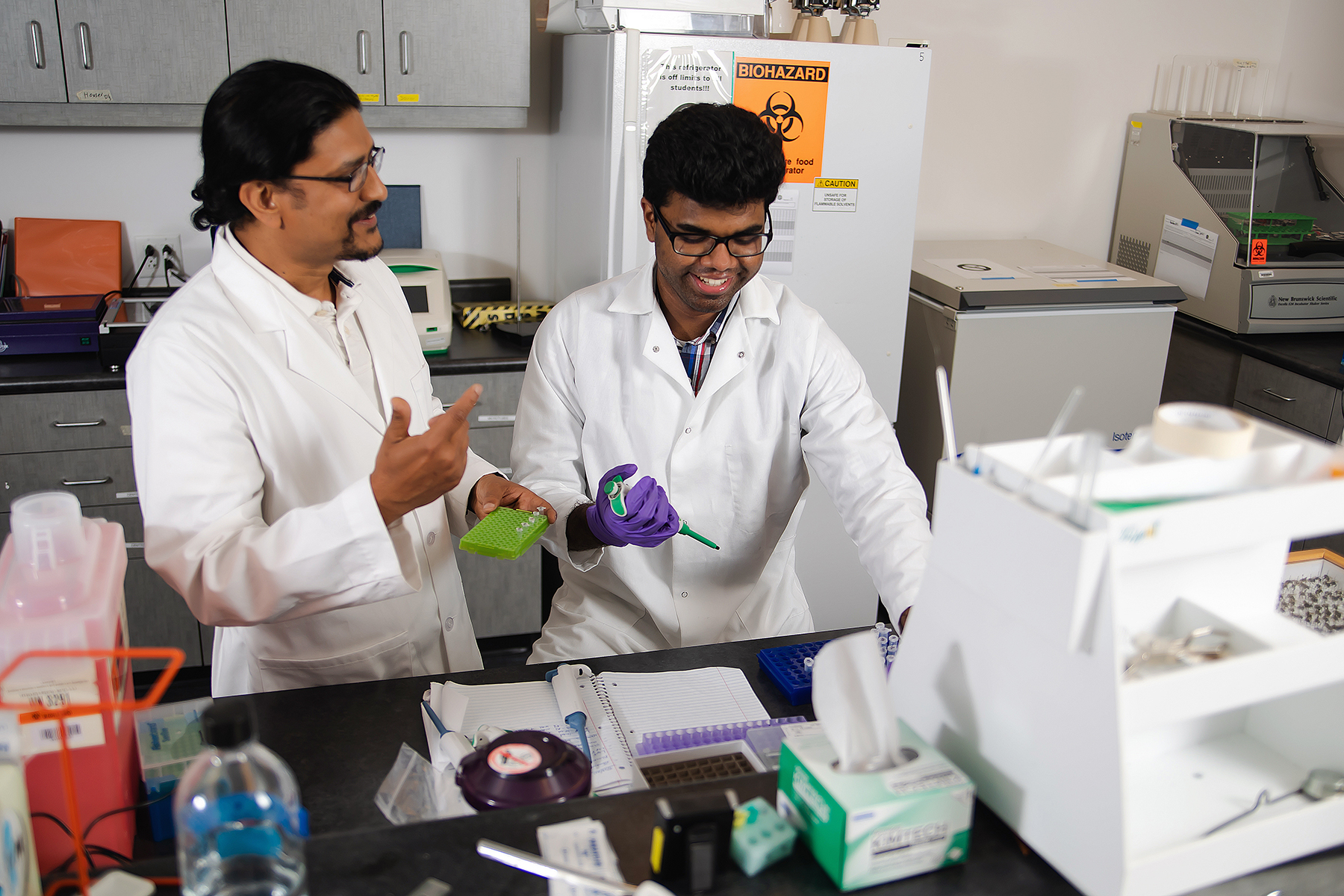Radford University
Research Compliance

Research Compliance refers to adherence to research regulations, guidelines, and ethical standards. It encompasses a set of rules and principles that researchers must follow to ensure research integrity, safety, and ethical conduct at Radford University.
The Research Compliance Office (RCO) at Radford University supports Radford’s commitment to engaging in exceptional research by collaborating with faculty, staff, and students to facilitate ethical research and ensure regulatory compliance. The RCO is the administrative arm of the Institutional Review Board (IRB), the Institutional Animal Care and Use Committee (IACUC), Export Control, and Research Integrity, providing leadership and coordination to ensure compliance with federal regulations, institutional policies, and ethical principles, enabling researchers to achieve their research goals.
The Research Compliance Office works closely with Environmental Health & Safety (EHS) in complying with applicable regulations as it pertains to research involving both human and vertebrate animals.
We are here to assist you with your regulatory compliance needs.
Federal Registrations and Assurances
Federalwide Assurance #: FWA00004850 (Exp: 01/14/2027)
IRB Registration #: IRB00003066
Reciprocity Agreement with Carilion: IRB00001142, IRB00001190
USDA Registered Research Facility #: 52-R-031 (Inactive)
PHS Animal Welfare Assurance #: A4651-01 (Inactive)